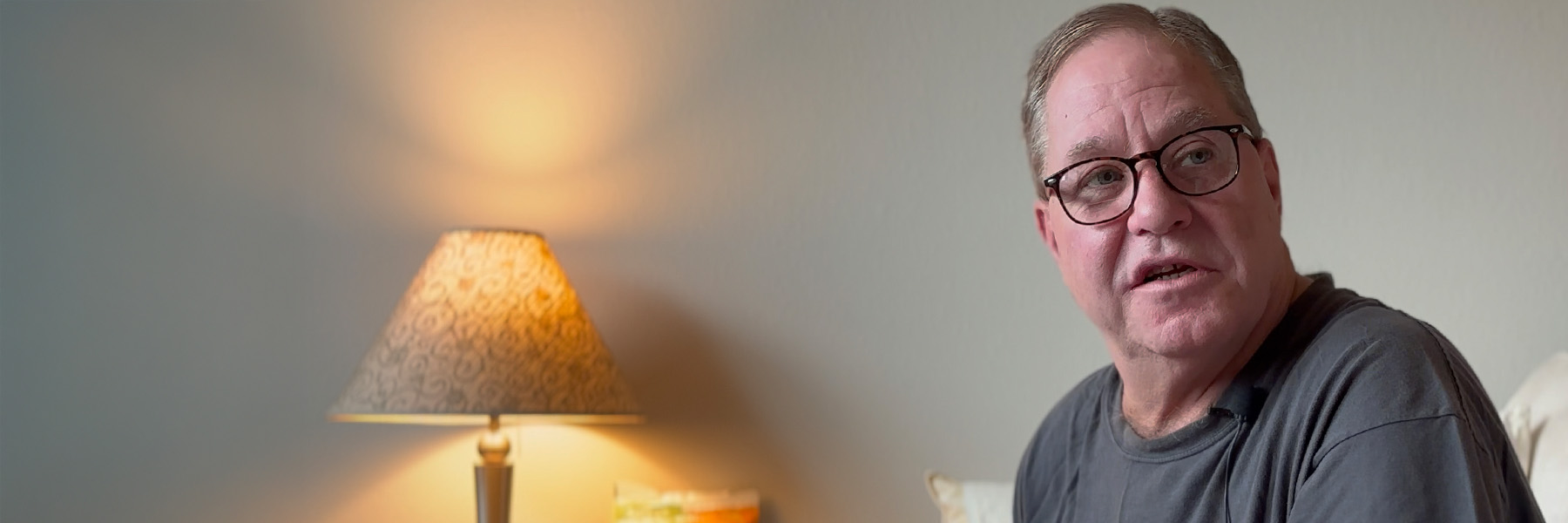Housing Solutions was just the helping hand Mr. Gilchriest needed to get his life back on track after getting out of rehab for the first time some fifteen years ago.
“I’m back to normal now,” he says, holding Dashie, his lovable 18-month-old Maltese companion who happily wags her tail, “I’m back to where I was a long time ago; and I wouldn’t have been able to do it without this [program].”
Housing Solutions, or HoSo, is a long-term permanent supportive housing program for chronically homeless people with a disability that currently houses 112 households. To be considered chronically homeless someone has to have been homeless for a year or more, or homeless four times within the past three years. HoSo, a “housing first” program, seeks to get someone into a home first and then, support that person with case management once they are in a more stable environment. Case management helps people establish goals that will keep them housed, like a budget or a housing plan, and also includes helping the person obtain necessary services, like food assistance, health care, rental vouchers, and so much more.
Erin Mayer, Director of Housing Services, explains, “Most people tend to do better once they are housed and tend to want to work on something or some things to continue that.”
For Mr. Gilchriest, that was his sobriety. “All the trips to the hospital and all the getting in trouble, you know, all of that went away when you have a place to stay…. I drank a lot when I first got in it, still, but you know, case workers just kept taking me to rehab and finally, I got through it. So it’s helped me out in many ways. Amazing ways.”
Now years into his sobriety, Mr. Gilchriest has successfully exited the HoSo program recently, opening up a space for the next person who needs the help HoSo provides. He is in a new apartment that he shares with Dashie, where he loves to spend time cooking. He’s also gotten a bit of work in local restaurants, working with chefs and expanding his culinary skills. He credits his Journey Home Guides and the program for the stability he experiences today. “There’s no telling where I would be now, if it wasn’t for that, for this program. There’s no telling where I would be. Maybe dead, you know.”



